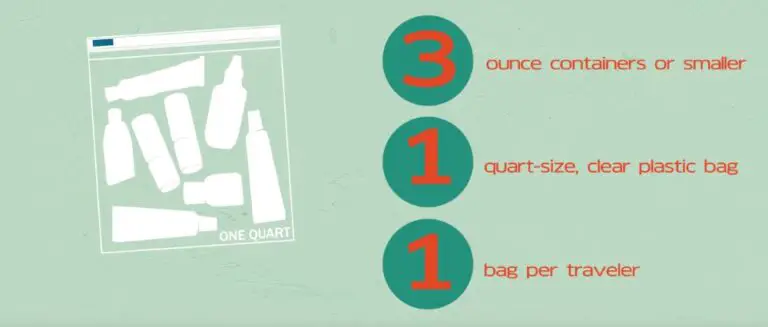

Both disposable and electric razors are allowed in either carry-on or checked luggage.The FAA prohibits all of these devices in checked bags. However, battery-powered e-cigarettes, vaporizers, vape pens, atomizers, and electronic nicotine delivery systems can only be taken onboard the aircraft in your carry-on or on your person. As long as the amount of e-liquid you're carrying onboard is less than 3.4 ounces, it is allowed through security-quantities larger than 3.4 ounces must be checked.E-liquids, electronic cigarettes, and vaping devices.It's a good idea to stash them in a separate compartment to keep them organized in travel bags or carry-ons.


#TSA LIQUID RULES LIGHTERS AND MATCHES PORTABLE#
Small, portable electronic items that are smaller than a standard-size laptop, such as cell phones and tablet devices, do not have to be removed from baggage during screening.But since security screeners may unwrap gifts for inspection, it's advisable to leave presents unwrapped until you reach your destination. Wrapped presents can be carried on board, provided the contents meet safety and security regulations.Make sure any knitting needles are wrapped or otherwise protected to prevent injuring luggage handlers and inspectors. Materials for knitting and needlepoint are allowed in carry-on bags and checked luggage.Loose lithium batteries may be only be carried on and cannot be checked. Lithium batteries with 100 watt hours or less may be carried on the plane or checked, as long as they're in a device. You can pack dry batteries (AA, AAA, C, and D) in either carry-on or checked bags.No matches, including safety matches, are permitted in checked baggage. Passengers may carry on common lighters and one book of safety matches-however, strike-anywhere matches (those that can be lit by striking against any rough, dry surface) are prohibited in both checked and carry-on luggage.You should keep your travel habits in mind when choosing new luggage pieces to give yourself enough packing options to accommodate these items. However, exceptions to these rules can include medically necessary liquids, such as insulin and baby formula. So, if you have a 6-ounce tub of lotion, and you've already used more than half of it up, you still are not allowed to bring it through TSA security and onto the plane. However, all liquid, gel, or aerosol items you carry on (including food and drink) must be in a 3.4-ounce or smaller container and fit together in one single, quart-size, clear, zippered plastic bag. Nearly all liquids (like beverages, contact lens solution, shampoo, makeup products, liquid medicine, nail polish, perfume/cologne, face toner) gels (like hair gel, toothpaste, hand sanitizer, face serum) and aerosols (products dispensed in a pressurized spray can or bottle, like hairspray, dry shampoo, or spray-on deodorant)-are allowed in your carry-on luggage.Nonflammable liquids, gels, and aerosols-including food, drinks, and toiletries-in quantities of 3.4 ounces or less.All other tools should be securely wrapped (if sharp) and packed in checked baggage. You're also allowed to carry-on nail clippers, pill cutters, and small scissors with blades measuring 4 inches or less from the pivot point. Certain small tools, such as screwdrivers, wrenches, and pliers, are permitted, as long as they are 7 inches or less in length.What You Can Bring on a Plane in Your Carry-On


 0 kommentar(er)
0 kommentar(er)
